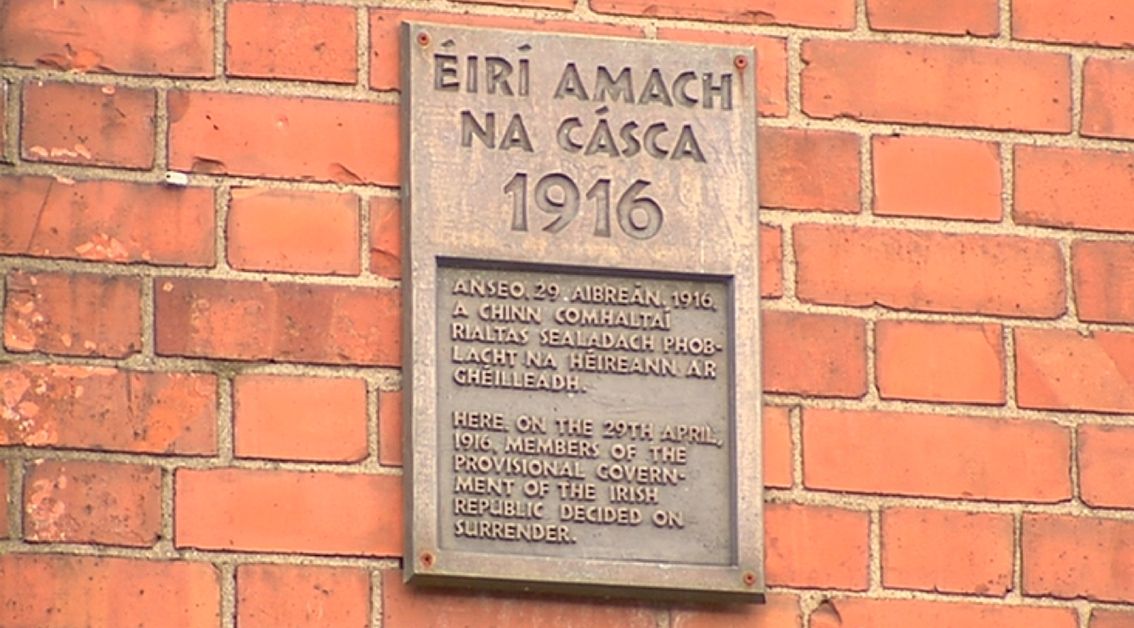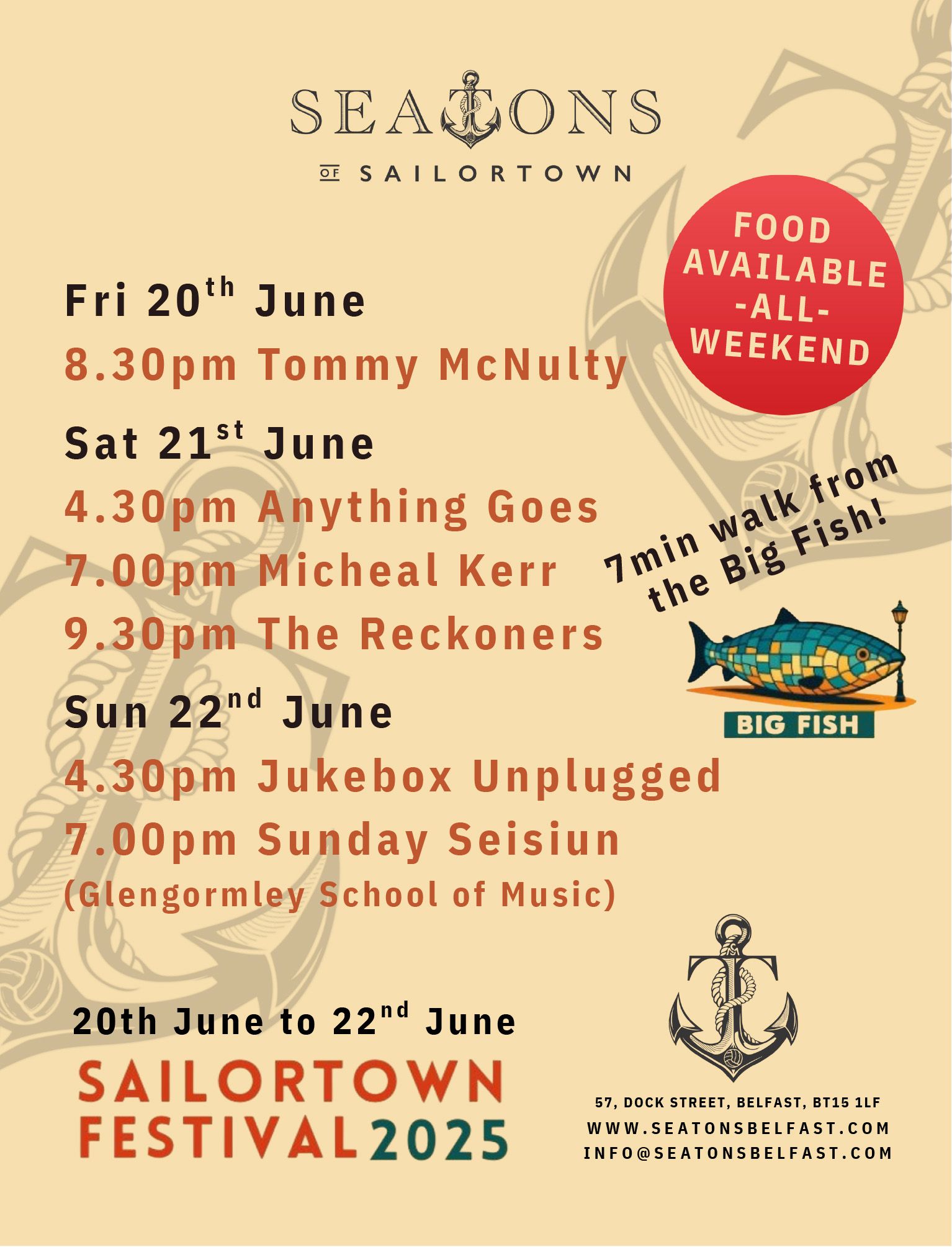MOST readers know that Moore Street in Dublin City Centre holds a special place in the history of Ireland. It was in Moore Street and the surrounding streets and laneways and at the nearby GPO that a fierce battle was fought between the 1916 republican forces and the British Army.
Number 16 Moore Street was where five of the seven signatories of the Proclamation held their last meeting before the surrender. The National Museum of Ireland has described Moore Street as “the most important historic site in modern Irish history”.
Regrettably, not everyone sees it that way. In the late 1990s the Moore Street terrace was scheduled for demolition. Later a developer produced a plan that would have destroyed much of the site. An alliance of relatives of the signatories, of those who fought in 1916, republicans and a range of other groups and individuals commenced a campaign to save Moore Street.
Their dedication to the development of the site as a cultural and historic quarter in which the 1916 buildings and streetscape would be preserved for future generations was matched by the determination of successive Irish governments to hand most of the land over to private developers for profit.
I have visited historic landmarks in other places. Robben Island in South Africa was an infamous prison where ANC and other political prisoners were held for decades under the most cruel regime. It is now a World Heritage Site. In Europe the battlegrounds of former wars are protected and the cemeteries of their dead protected and cared for. The same in the USA. I visited Independence Hall in Philadelphia where the Declaration of Independence and the United States Constitution where debated and adopted. The building is a UNESCO site and is cherished.
But in Dublin we have Irish governments with no sense of the history of their own land, no imagination, no sense of history and no vision for the future. Only four houses – 14 to 17 Moore Street – were adopted by the Irish Government in 2007 for preservation as a national monument. 14 years later no work has been carried out. The buildings remain derelict and sealed off from the public. In the meantime another developer has been trying to achieve what the other failed at.
The public campaign to preserve Moore Street and the 1916 battlefield site entered a new phase last week with the publication by the Moore Street Preservation Trust and the Relatives of the 1916 Signatories of their preliminary plan for the area. The plan was published several days after the property company also announced that it had submitted the first three of six planning applications it intends lodging which cover the Dublin Central site.
In an initial response to the plan James Connolly Heron, great-grandson of James Connolly, and spokesperson for the Moore Street Preservation Trust criticised it as falling far short of what the site needs. Connolly Heron was especially critical of the extraordinary intervention by An Taoiseach Mícheál Martin who provided an endorsement of the plan, which the developers carried in the media announcement of their proposal.
Uachtarán Shinn Féin Mary Lou McDonald challenged the Taoiseach on this in the Dáil. She said: “We now have the disgraceful situation where we have a Government that... supports a plan to turn one of the most significant sites in modern Irish history over to a private developer. Shame on the Government for taking that stance.”
Last Thursday the Moore Street Preservation Trust and the Relatives of the Signatories published a preliminary copy of their Moore Street master plan, commissioned by the Moore Street Preservation Trust and devised by leading architects Fuinneamh Workshop Cork and Kelly and Cogan Dublin.
The master plan presents an imaginative and realistic way forward for an area neglected for generations. The 1916 terrace will be restored and the ground floor shops let with over shop living facilitated. Existing ancillary buildings at the rear of the terrace will be converted for retail, cafe/restaurant use. New builds within the block will provide 45 units in mews and loft style developments, a theatre space and public meeting hall.
Incubator retail units and workshops will be woven into the ground floor of these developments.
The terrace gardens will be exposed and restored for public use and the centuries-old street market trading tradition, long in decline, will be retained and enhanced with the re-opening of all pitches and the provision of storage and washroom facilities for the traders.
The Moore Street master plan conforms to the recommendations of the Ministers Advisory Group on Moore Street 2021 and the Lord Mayors Forum 2021. It also has the support of a wide range of individuals and groups including the Easter 16 – Relatives of the 16 executed leaders; the GPO Garrison Relatives; Sinn Féin; People Before Profit; the Green Party, as well as well known writers, historians, artists and actors including Adrian Dunbar; Tim Pat Coogan; Damian Dempsey; Frances Black; Christy Moore; Ruan O’Donnell; Paul Ronan; Saoirse Ronan; Fionnula Flanagan; Robert Ballagh; and Jim Fitzpatrick.
So, if you want to preserve Moore Street and the laneways of history go to https://www.facebook.com/MooreStreetTrust/ and join the battle to preserve.
In the footsteps of Frederick: Dublin and Belfast

FREDERICK Douglass was an escaped slave who travelled from the USA to Ireland in 1845.
Douglass toured Ireland speaking about slavery and telling of his experience. Douglass gave his first Irish lecture in Dublin in September 1845. Over the following months he travelled to Wexford, Waterford, Cork, Limerick and Belfast. He returned to Belfast another four times.
Ireland was in his own word “transformative” for Douglass. He said of his time here that he had become a man, rather than a chattel. He also came to see the issue of slavery not in isolation but as part of a wider campaign for equality and social justice. Professor Christine Kinealy is the foremost expert on Douglass and especially on his time in Ireland. Professor Kinealy is the Director of Ireland’s Great Hunger Institute at Quinnipiac University and in 2018 produced the definitive account of Douglass’s time in Ireland taken from his own letters: ‘Frederick Douglass and Ireland In His Own Words’.
Most recently she has finished work on a walking map – ‘Frederick Douglass Way, Dublin, 1845-1846’. She is currently working on a Belfast walking map which identifies many of the locations where Douglass addressed Belfast citizens.
Among the places identified are:
• Grave of Mary Ann McCracken, abolitionist and humanitarian, founder of Belfast Auxiliary Female Anti-Slavery Society. Clifton Street Cemetery.
• Lancasterian School Room, 42 Frederick Street, façade remains of Quaker house. Frederick lectured on temperance
• Cathedral Quarter: Independent Meeting House, Donegall Street, first and final lecture, October 6, 1846. Now Redeemer Central.
• Victoria Hotel (formerly, Royal Temperance Hotel), 12 Waring Street. Frederick stayed here
• Rosemary Street First Presbyterian church. Frederick lectured to “a large audience”.
Douglass’s close association with Belfast should be a matter of great public pride. This map will be an important addition to his story. Plans are also advancing to erect a statue to him.
STOP PRESS.
Dublin City Council Commemorations Committee has agreed to erect a plaque to Frederick Douglass. It will be on the Irish Film Institute, Eustace Street, where Douglass spoke when it was the Society of Friends Meeting House.
Weather words
THIS column is launching a Celebrate the Good Weather While it Lasts campaign. The CTGWWIL will endeavour to get people to express unconditional delight about whatever weather we have. Down with glum assessments about our clime and that sort of thing.
Maybe its an Irish thing. Maybe not. Maybe other people are also obsessed by the weather. Or maybe not. We Irish all the time converse about what lies in store for us weatherwise, sometimes quoting TV weather forecasters as if they were ancient prophets.
And we are usually pessimestic. Why do we describe a rainy day as “a bad day”? Why when the day is sunny do we warn all and sundry that it won’t last?
Some will even remark: “Well that’s our summer over” after a few hours of sunshine. When I say to anyone “It’s a fine day” they invariably respond with: “Aye... but there’s rain on the way!” Nine times out of ten that, or a variation of it, is the reaction. It’s like they are wishing the sun away.
And dark clouds are non-party-political. Many a time even the most sunny cheerful DUP representative has greeted my “Good morning, isn’t the weather great?” with “Aye, but it’s going to break later this afternoon.”
That’s something else that we have in common. But remember, without the rain our island would not be an Emerald Isle. But you would think we should appreciate the sun all the more when it does visit us.
So let’s give thanks for the weather we have. Especially these days when the sun brightens up everything.
I remember talking to a friend of mine who did time in prison in France. He also did time in prison here. He was very unlucky.
“What was the difference between doing time in Ireland and doing time in France?” I asked him one day.
He reflected for a wee while before answering. Then finally and thoughtfully he said: “Nobody in jail in France talked about the weather.” I rest my case. Up The CTGWWIL!







